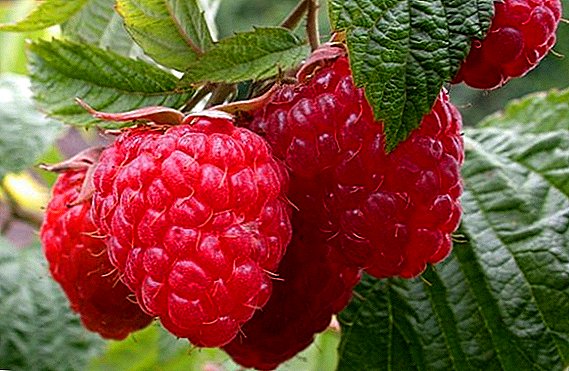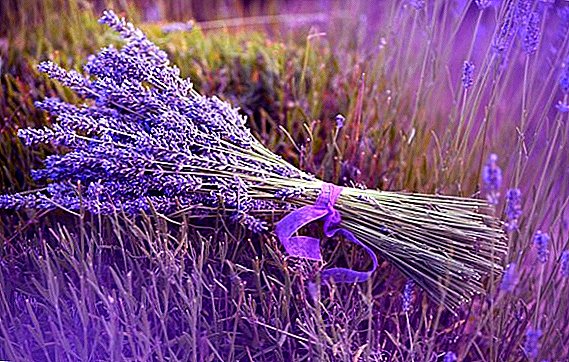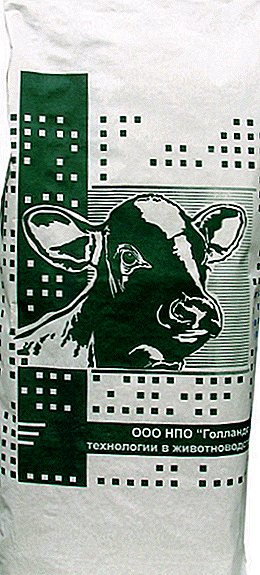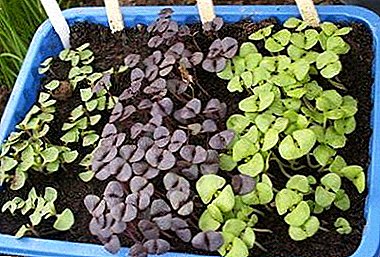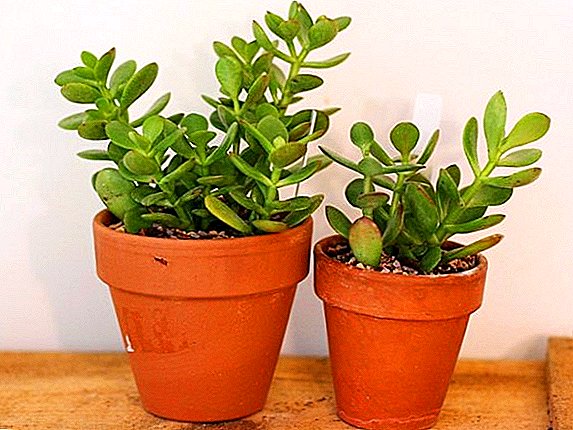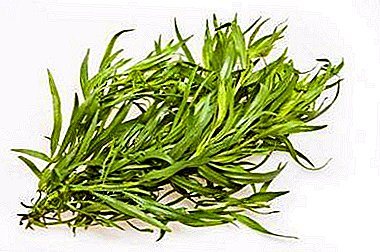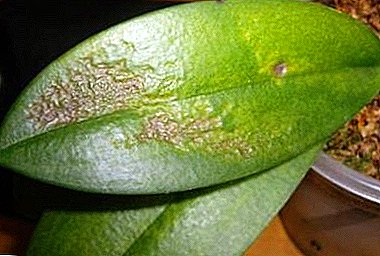
Diseases of orchids, unfortunately, there are many. Leaves of a plant are most subject to illnesses. Leafy plates of a flower have a high degree of importance for the normal functioning of an orchid. Therefore, it is important to learn to distinguish all these diseases in order to correctly and in time choose the right method of treatment.
When such a wonderful representative of the flora is protected from diseases, he will delight his family with abundant and long-term flowering. Let's talk about this in detail in our article. You can also watch a useful video on this topic.
The importance of foliage
These flowers belong to the genus Orchids, which, in turn, belong to the class of epiphytic. Foliage for epiphytes is of great importance. Thanks to leaf orchid plates:
- maintain the overall water balance;
- get the right amount of nutrients;
- take an active role in the respiratory process of photosynthesis;
- evaporate excess moisture.
Why can it hit the disease?
Orchid leaves are an indicator of the overall condition of the whole plant.. If they look healthy, then all the other parts feel comfortable. Causes of leaf disease are:
- illiterate care;
- infection of an orchid with insect pests;
- Invalid content at home;
- the development of fungal and bacterial diseases on the background of hypothermia or waterlogging.
Step-by-step instructions for the treatment of diseases and their appearance in the photo
Most often, orchid leaves are infected with the following diseases, which have their own characteristics and ways to get rid of them.
Anthracnose

This is a fungal disease, it begins with the appearance of small round spots on the leaf plates. These spots begin to turn black after a while. Each spot is characterized by a concavity in the leaf of a plant..
After some time, a patina of yellow or pink tint begins to appear on these spots. The cause of the development of anthracnosis is considered to be high humidity or excess moisture in the axils of the foliage.
How to treat? It is necessary to act according to the scheme:
- Cut off all affected leaves.
- Sites of sections must be treated with activated carbon, iodine or wood ash.
- Blot with moisture accumulated moisture in the follicles.
- To carry out the treatment by means of which there is copper - Vitaros, Hom, Prognosis.
Spotting

Leaf spot is a bacterial disease.. Dark spots appear on the leaves of an infected orchid, the leaves begin to turn yellow, darken, and then become soft and they form ulcers from which oozing fluid. To save a flower you need:
- Trim all affected parts of the plant.
- Be sure to place the slices treated with activated carbon powder.
- Immediate treatment with fungicides - Skor, Topsin-M, Fundazol.
Important: If after 10 days there are no new spots, then the plant is completely healthy.
We recommend watching a video about orchid leaf spot treatment:
Stickiness
Sticky droplets on orchid leaves may appear due to plant excretion of its own nectar.. Such drops do not harm the flower. Worse, if such stickiness appears as a defensive reaction against pest attacks. If the drops are transparent, then treatment is not required, and if stuck parasites are visible in this substance (broomstick), treatment is required.
Procedure:
- Remove infected flowers.
- Wash the leaves of the plant with a cool solution of soap.
- Next, the flower should be processed raster Aktara according to the instructions.
If there is a scarlet in the roots and in the soil, you need to completely remove all individuals manually with tweezers, and then transplant the plant into a new pot and other soil composition.
We recommend to watch a video about the processing of orchid leaves from a mealybug:
Deformation

Most often sheet deformation can occur during mechanical damage.. But there are cases when such changes indicate insufficient watering and even overcooling of the plant.
Choosing fertilizer is to monitor its composition, if it contains a lot of nitrogen, it can cause deformation of the leaves - thickening, cracks, cracks.
To get rid of the problem you need:
- Temporarily discard fertilizer.
- Wash the root system of the plant and transplant it into a new soil composition.
We recommend to watch the video about the causes of orchid leaf deformation:
Burn

The cause of this disease is an excess of aggressive direct sunlight during the hot period.. Affected leaves become brighter, and eventually turn yellow and fade.
To save the orchid you need:
- Trim the affected part of the leaf to a healthy green color, process the cut.
- Make the light around the plant as diffuse as possible.
Board: If the cut leaves continue to turn yellow, it is better to remove them completely, and treat the cut areas with ash or activated charcoal.
We recommend to watch a video about the treatment of orchid burns of leaves:
Mealy dew

This is a fungal infection. Infected leaves are stained with a whitish bloom, the plant looks sprinkled with flour. The causes of the development of the disease are - high levels of air humidity and its high temperature. Due to the combination of these indicators appears imaginary greenhouse effect for the plant and it gets sick.
For the treatment of the disease, it is necessary to immediately spray the plant with a solution of colloidal sulfur or with means - Topsin-M, Exp.
Rust

Rust is a rare fungal infection.. It manifests itself in the form of spots from inside the leaves, which acquire a reddish shade. This occurs in the process of sporulation of fungi, which are themselves of red color, from here and the name of the disease.
To save the plant you need:
- Sharp knife to cut off all the affected leaves of the plant.
- Place the cuts to treat with a 25% alcohol solution.
- Spray the plant with one of the solutions of such agents - Ritomil, Skor, Mikosan.
Black mushrooms

The appearance of black fungi on the leaf is associated with the defeat of the plant by pests. (aphid, shchitovka, mealybug). It is difficult to notice these parasites without a thorough inspection of the plant, but if black patches form on the back of its leaves and small black dots appear, then treatment is required immediately.
Such damage prevents normal plant photosynthesis, it slowly fades and completely dies.
To save the orchid you need:
- To process the biological product Mikosan.
- If necessary, transplant the plant.
- Spray the orchid with the solution solutions - Skor, Ridomil, Topsin-M.
Prevention
To prevent the foliage of the plant from getting sick, it is worth carrying out preventive measures:
- In order not to develop anthracnose, it is necessary to maintain an orchid with air humidity of 40-70%, as well as periodically air the room with the plant and remove the accumulated water in the leaf axils.
- So that the orchid is not affected by powdery mildew, black fungi, spotting, it is worth carrying out preventive spraying and watering the plant with Fitosporin.
- In order not to cause burns, it is necessary to trim the plant during the heat wave period and not to place the flowerpot on the sunny windows.
- If stickiness appeared because of a worm, you need to manually remove all parasites with tweezers, and plant a flower in a new pot and other soil composition so that it does not die.
Conclusion
If for a normal growth and development of the plant all comfortable conditions are created, then the development of any diseases should be reduced to a minimum, but still it is worthwhile to periodically take preventive measures so that the orchid does not have to be painfully treated for a long time.


